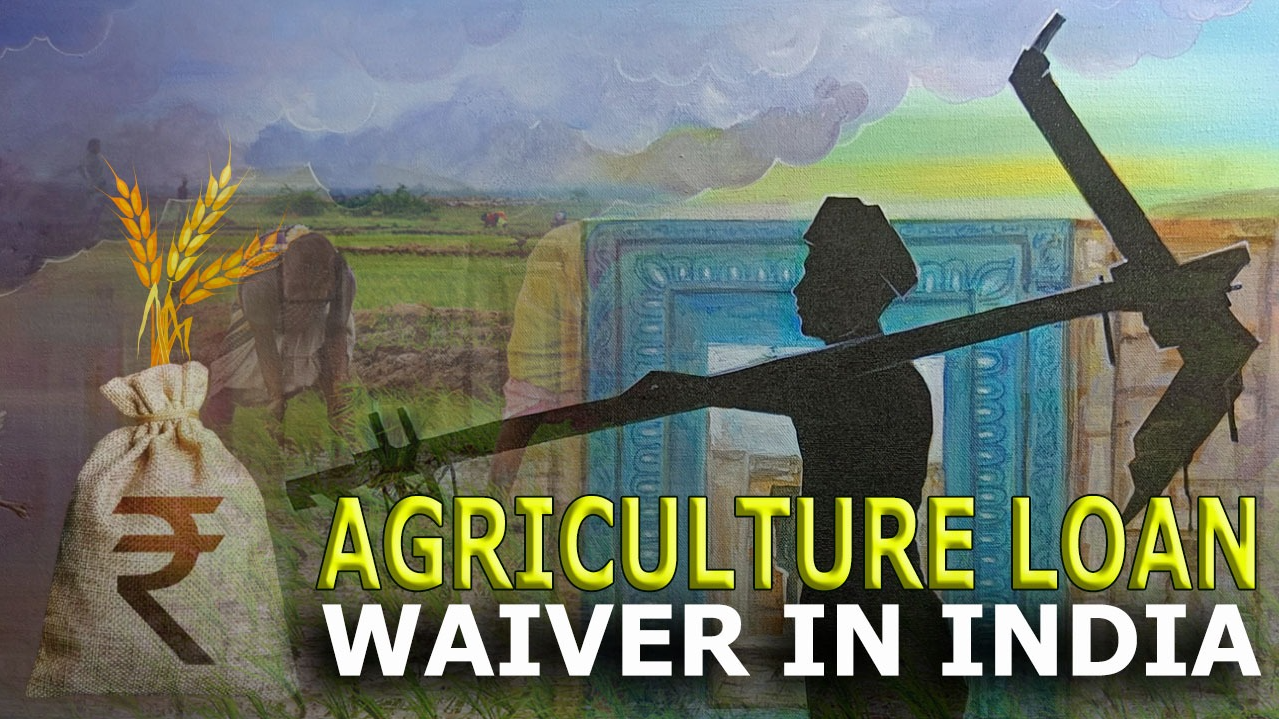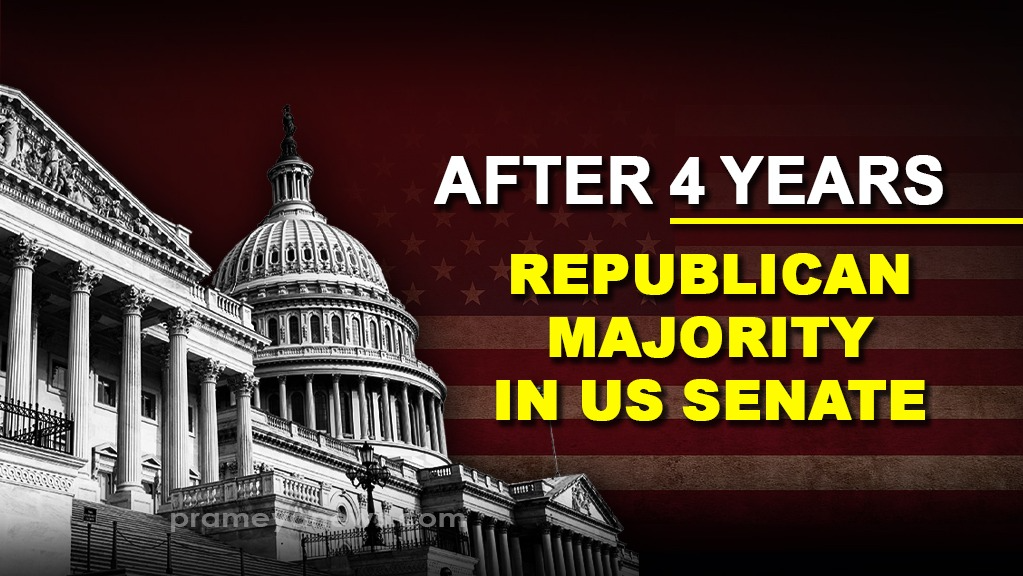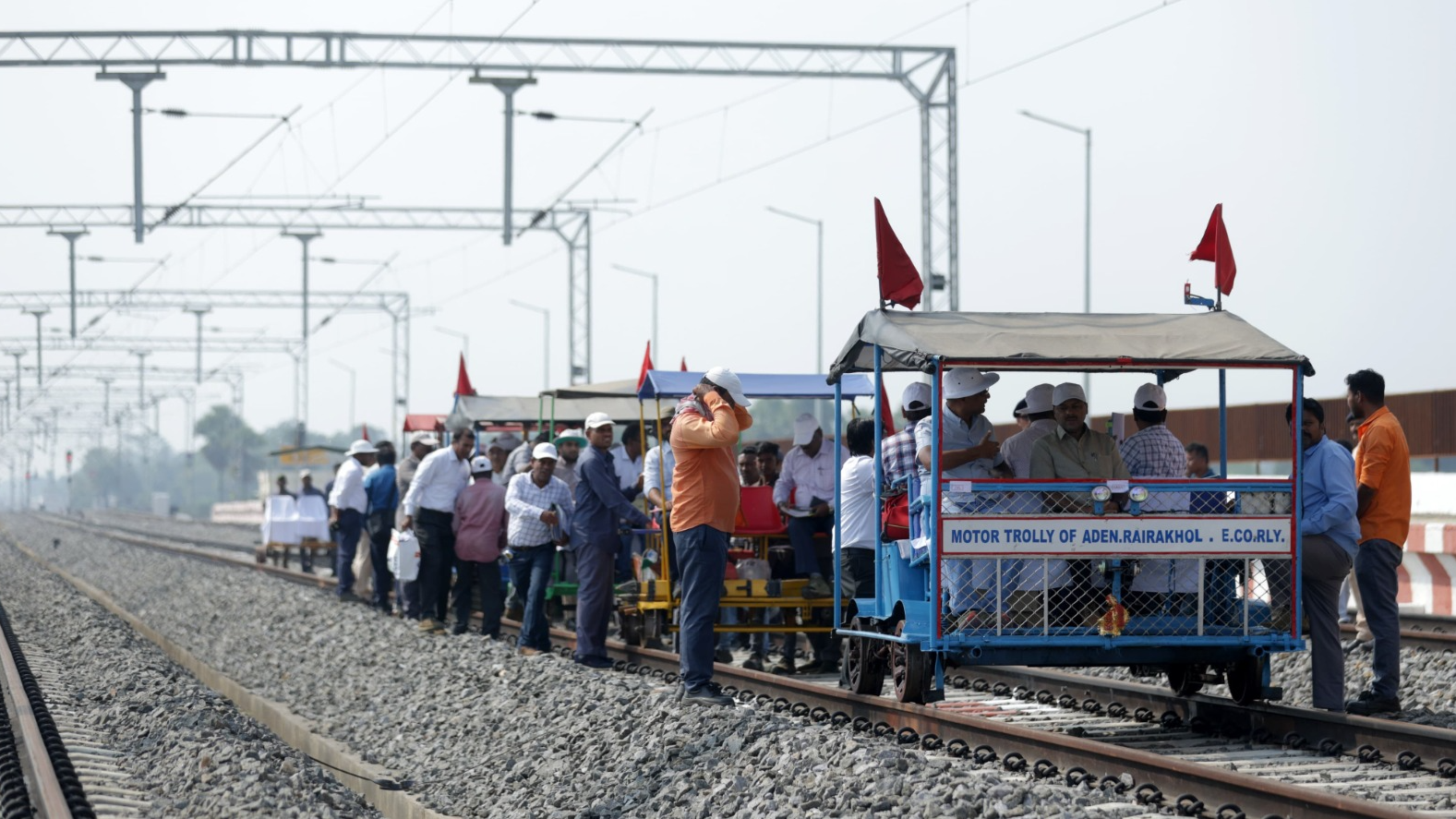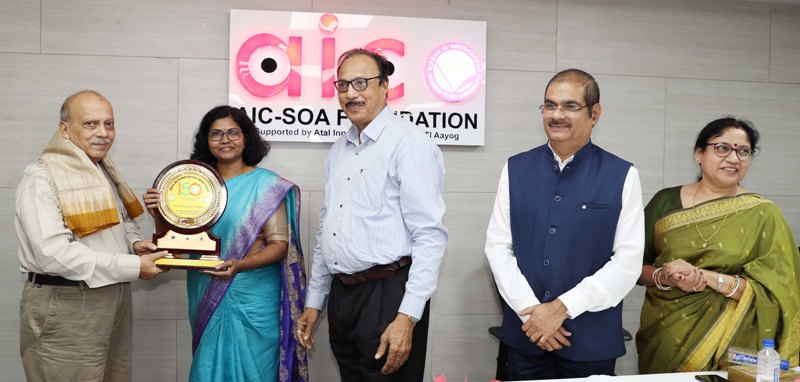While often presented as a means of alleviating agrarian distress, the efficacy and long-term implications of farm loan waivers on the agricultural sector and the broader economy warrant rigorous examination. This analysis delves into the historical trajectory of farm loan waivers in India, scrutinizes their political underpinnings, and evaluates their economic ramifications, providing a comprehensive assessment of this complex issue.
Historical contextualization:
The notion of farm loan waivers in India is deeply rooted in history, with precedents dating back to the 14th century during the reign of Muhammad Bin Tughluq, who extended credit to farmers facing adversity. His successor, Firoz Shah Tughluq, subsequently forgave these loans amidst widespread famine and social unrest. This historical context underscores the persistent challenges faced by the agricultural sector and the recurring need for government intervention.
In contemporary India, the first large-scale farm loan waiver program was enacted in 1990 under the Agricultural and Rural Debt Relief (ARDR) scheme, which waived loans up to ₹10,000 per farmer, amounting to a total of nearly ₹7,800 crores in relief. Since then, farm loan waivers have become a recurring feature of the Indian political landscape, often employed as a mechanism to secure political capital from the agrarian electorate.
Political motivations and targeted interventions:
Farm loan waivers are frequently incorporated into election manifestos, with political parties pledging debt relief to farmers in exchange for electoral support. While the central government has demonstrated relative restraint in implementing such waivers, state governments often resort to them, particularly in the lead-up to or during elections.
It is crucial to recognize that farm loan waivers are rarely universal in their application; they are often targeted towards specific segments of the farming community, such as small and marginal farmers or those who have availed credit from cooperative institutions. Political parties strategically identify beneficiary groups and devise formulas to determine the extent of loan forgiveness, thereby maximizing the political dividends of these interventions.
Efficacy and Economic implications:
While farm loan waivers may offer temporary respite to certain farmers, their overall impact on agricultural productivity, investment, and income remains a subject of debate. SBI research reports indicated that farm loan waivers have not yielded significant improvements in crop productivity, agricultural investments, or farmer incomes.
Furthermore, the report revealed that a substantial proportion of farm loan waivers in some states have been directed towards "standard" loan accounts, implying that the waivers are not effectively reaching the most vulnerable farmers who are grappling with indebtedness.
Despite state governments allocating nearly ₹3 lakh plus crores towards farm loan waivers over the past decade (representing approximately 1% of India's current GDP), only about half of the eligible farmers have reportedly received these benefits, highlighting implementation challenges and potential for exclusion.
Unintended consequences and credit culture:
Farm loan waivers can engender unintended consequences that erode the credit culture and jeopardize the financial stability of lending institutions. Repeated waivers can create a moral hazard, incentivising farmers to strategically default on loans in anticipation of future debt forgiveness. This behavior can precipitate a surge in non-performing assets (NPAs) for banks and financial institutions, thereby impeding credit growth and adversely impacting the broader economy.
Empirical evidence suggests that farm loan waivers have contributed to a substantial increase in agricultural NPAs, ranging from 30% to 85% in certain states. This escalation in NPAs not only affects the profitability of banks but also discourages them from extending credit to farmers in the future, potentially restricting access to finance for those who genuinely require it.
Macroeconomic ramifications:
The economic repercussions of farm loan waivers extend beyond the agricultural sector. When governments compensate banks for waived loans, it diverts public funds that could have been allocated towards critical public services such as infrastructure development, healthcare provision, and education. This fiscal burden can strain government budgets, leading to increased borrowing and potentially exacerbating inflationary pressures.
Moreover, as governments compete with the private sector for financial resources, it can crowd out private investment and elevate the cost of borrowing for businesses, thereby hindering economic growth.
Exploring alternative Policy Interventions:
Economists and the Reserve Bank of India (RBI) have consistently expressed reservations about the efficacy of farm loan waivers, emphasizing their detrimental impact on credit discipline and macroeconomic stability. They advocate for alternative policy interventions that address the underlying structural issues plaguing the agricultural sector and foster sustainable development.
One such alternative is increased investment in agricultural research and development (R&D). India's current expenditure on agricultural R&D stands at a meager 0.4% of GDP, significantly lower than that of other major economies such as Brazil (1.8%) and China (0.6%). Enhanced investment in R&D can catalyze technological advancements, facilitate the development of improved crop varieties, and enhance productivity, ultimately benefiting farmers and the economy as a whole.
Another viable approach is the provision of direct income support to farmers, ensuring a stable income stream and mitigating their reliance on credit. This can empower farmers to withstand economic shocks, invest in their farms, and enhance their livelihoods.
While farm loan waivers may appear to offer a readily available solution to agrarian distress, they often generate more challenges than they resolve. Their political motivations, uneven implementation, and adverse economic consequences raise legitimate concerns about their effectiveness as a policy instrument.
To effectively address the multifaceted challenges confronting the agricultural sector, a more comprehensive and sustainable approach is imperative. Investing in agricultural research and development, providing direct income support, and promoting sustainable farming practices are essential steps towards fostering a resilient and prosperous agricultural sector. By prioritizing long-term solutions over short-term political expediency, India can pave the way for a brighter future for its farmers and ensure the sustainable growth of its economy.
DISCLAIMER: This brief is based on information from publicly available sources and reflects the author's interpretation of the topic and do not reflect Prameya's or Prameya News7 editorial stance.









































